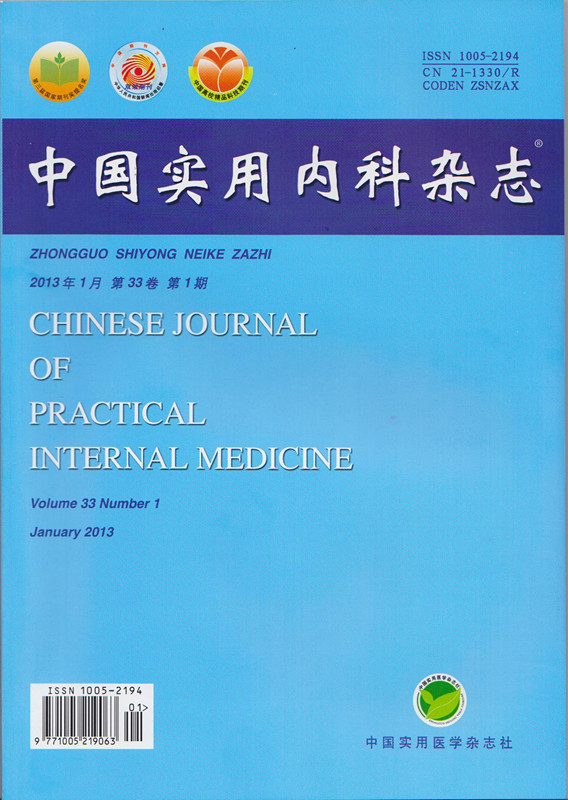Abstract:Critical care medicine plays a pivotal role in clinical medicine and reflects the capacity of treatment and overall competitiveness of the hospital.It has been in 2012 when critical care medicine attained a considerable stride in disciplinary construction and scientific research.Emerging clinical research achievements have allowed physicians to fulfill indepth understanding of severe acute respiratory distress syndrome,acute kidney injury,severe sepsis and septic shock,as well as control of infection and intensive nutrition management.In addition,the latest guidelines have entailed more standardized treatments in criticallyilled patients.Here,we did a review and delineated the prospective for clinical references.

